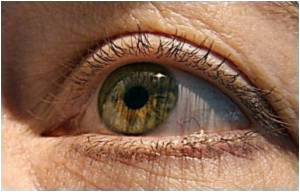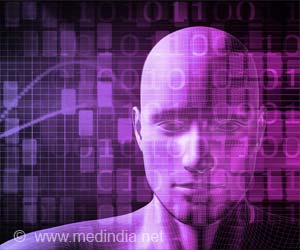
Raskar's Near-to-Eye Tool for Refractive Assessment (Netra) comprises a viewer that fits over a cellphone's screen combined with software running on the phone.
To test a person's eyesight, the phone displays an image - which may appear as a pair of parallel lines, say - on the screen, which the eyepiece converts into a virtual 3D display.
Thereafter, the subject has to focus on the image and use the phone's keyboard to adjust the lines so that they merge.
The extent of the adjustment needed reveals the amount of correction the eye will require to focus clearly.
That is translated in to dioptres - a number which opticians can use to provide corrective lenses.
Advertisement
A traditional 3D display presents a slightly different view to the left and right eyes.
Advertisement
If the person has perfect eyesight, these separate images will overlap and appear as a single image, points out postdoctoral researcher Ankit Mohan, who worked on the design.
If the person's vision needs correcting, they will see parallel lines that they will adjust so that they merge into one. So instead of a subjective blur test using reading charts, the eye test is converted into a simpler alignment problem.
The work will be presented at the Siggraph conference in Los Angeles in July.
Source-ANI












